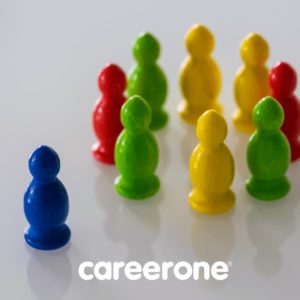Women outshine men in uni engineering offers
Young women not only have a higher offer rate (70.4%) into university engineering courses than men (64.8%), they also have a higher Tertiary Admissions Ranking (over 90) than their male counterparts (less than 40). These were amongst recent findings provided by an Engineering Australia report which highlight a strong uptake of women into what has traditionally been a male dominated profession.
The higher offer rate being made by universities to young women has seen the proportion of women enrolled in university engineering courses reach its highest point ever at 17 percent. What’s also accentuated the heightened intake of women is a corresponding (17.9%) decline in male school-leavers wanting to enter engineering since the mining boom peaked in 2012.
With women accepting engineering course offers at a higher rate than men, the proportion of women among practicing engineers nationwide is expected to continue rising. However, based on data from the 2017 Professional Engineers Employment and Remuneration Survey, women remain underpaid relative to their male counterparts, and underrepresented in senior management and leadership positions within engineering workplaces.
Survey results found that female engineers reported average earnings 89 percent of their male counterparts, due largely to having roles with lower levels of responsibility.
The survey also revealed an alarming disparity in the age profiles of female and male engineers. For example, after peaking at 51 percent in the 20-29 age bracket, the age profile for all women surveyed falls steadily – with only 15 percent of women engineers being over 40 years of age.
Equally alarming, the survey also found women far more likely than their male counterparts to be discriminated against on the basis of gender, and more likely also to be discriminated against on the basis of age.
While these results are hardly encouraging to young women enrolling in university engineering courses, Engineers Australia’s Women in Engineering National and Division Committees have been instrumental in helping to develop in-house programs to encourage and retain women in the engineering profession.


